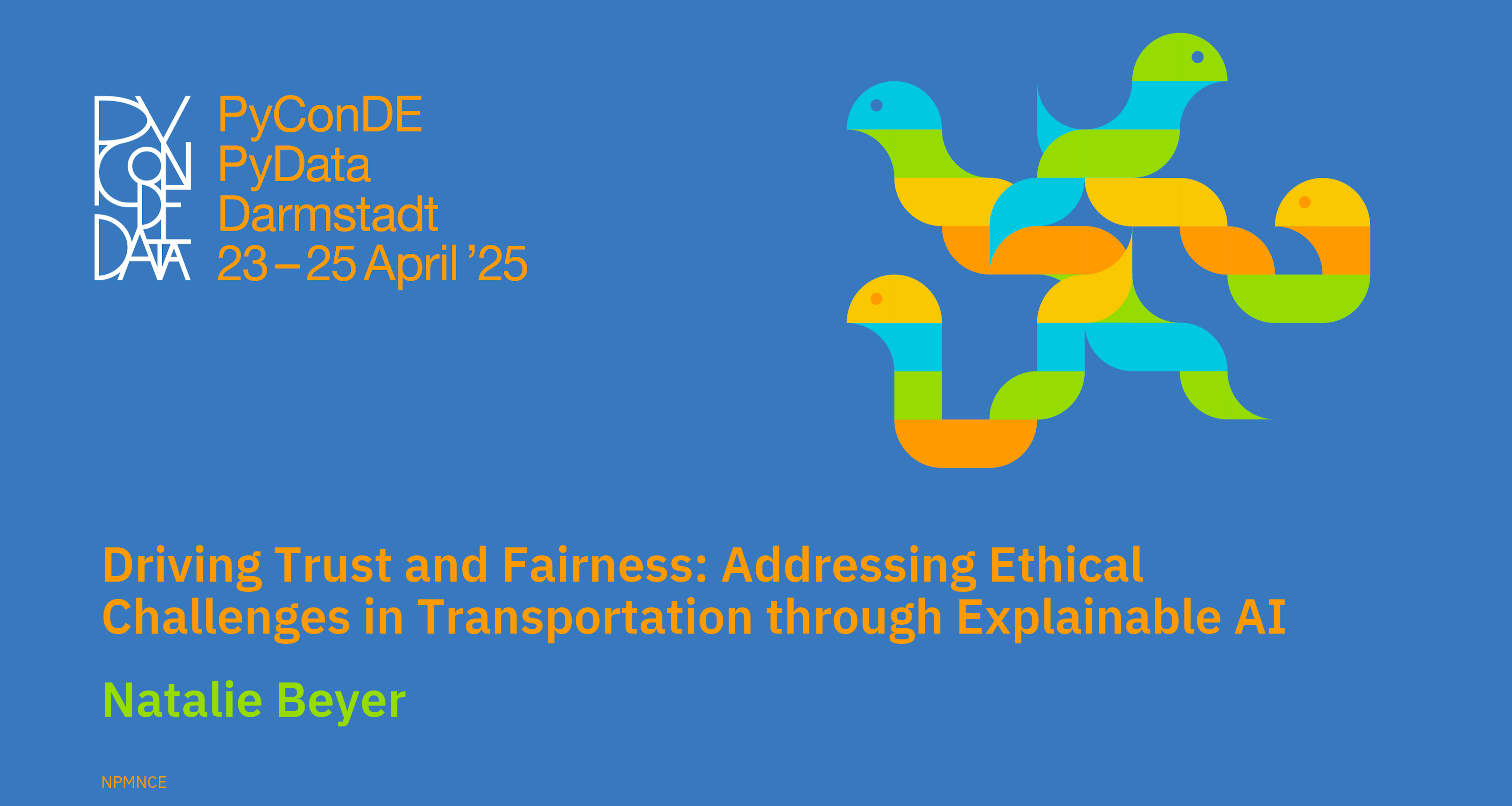AI systems in transportation make decisions that directly impact people's lives, such as route optimization, safety measures, and resource allocation. These decisions often rely on complex algorithms, which can be opaque to stakeholders, including operators, regulators, and passengers.
One possible solution: Explainable AI (XAI)
Explainable AI (XAI) refers to methods and tools that make AI systems more transparent by providing interpretable insights into their decision-making processes. By integrating XAI, stakeholders can understand, validate, and trust the outputs of AI systems.
KARL: A Case Study in XAI for Public Transportation
The KARL (KI in Arbeit und Lernen in der Region Karlsruhe) project is an exemplary initiative showcasing how XAI can address ethical challenges in AI-suported public transportation.
Technical Implementation
While the presentation will not delve deeply into technical specifics, it will touch upon key elements such as:
- The use of open-source libraries like SHAP (SHapley Additive exPlanations) to provide interpretability.
- Integration of XAI tools into the operational dashboard used by tram operators.
- Collaboration with domain experts to ensure the explanations are meaningful and actionable.
Takeaways for the Audience
At the end of this talk, attendees will:
- Understand the ethical challenges posed by AI in transportation and how they can undermine trust.
- Learn how XAI tools can address these challenges by enhancing transparency.
- Gain insights into the practical implementation of XAI in a real-world setting through the KARL project.
- Be inspired to incorporate XAI principles into their own AI projects to build ethical and socially responsible solutions.
